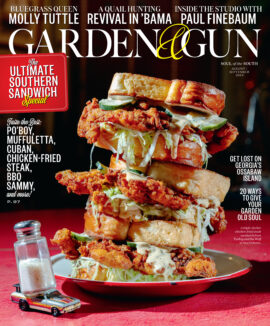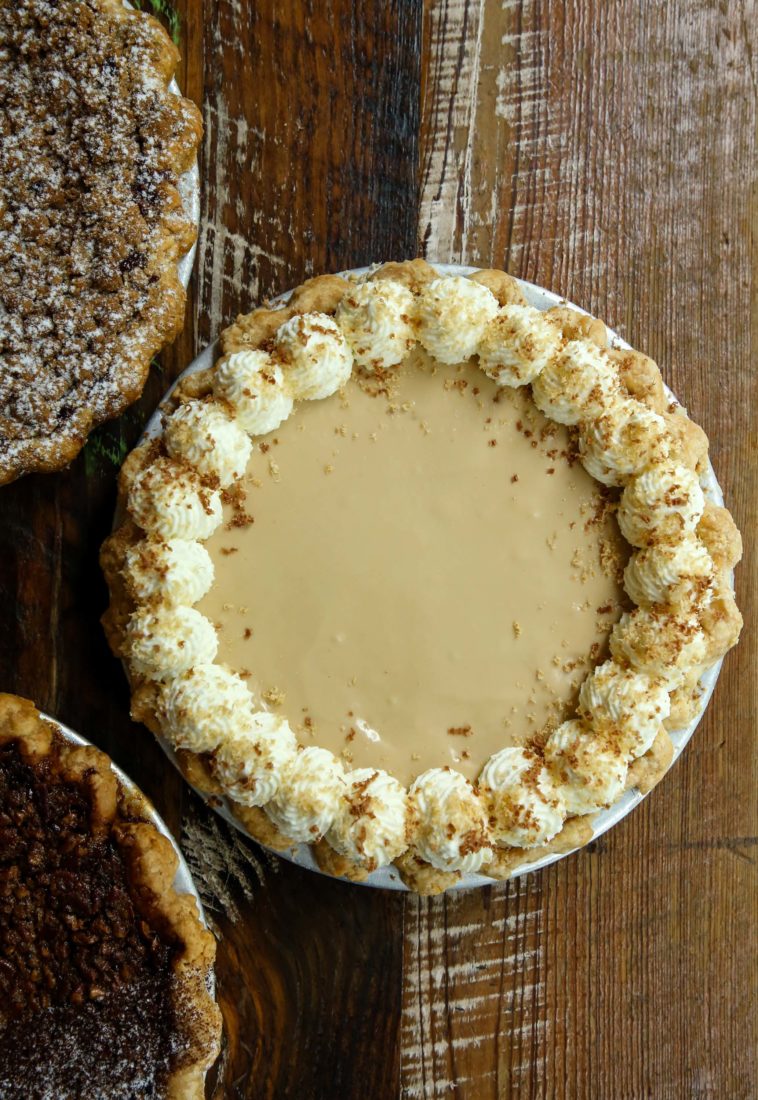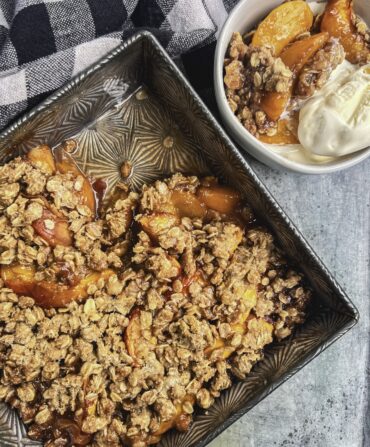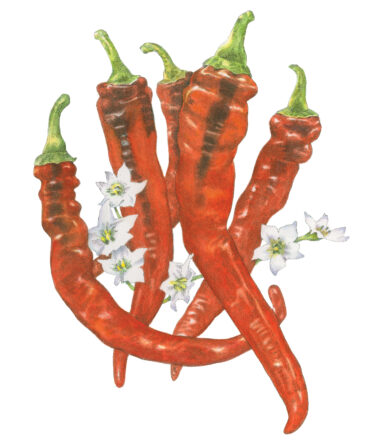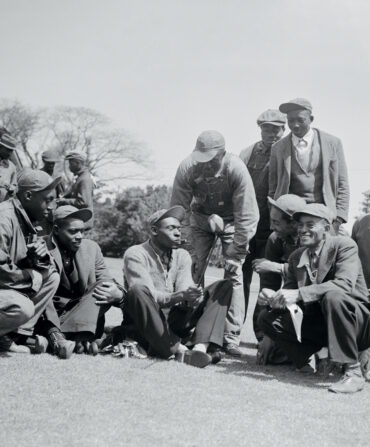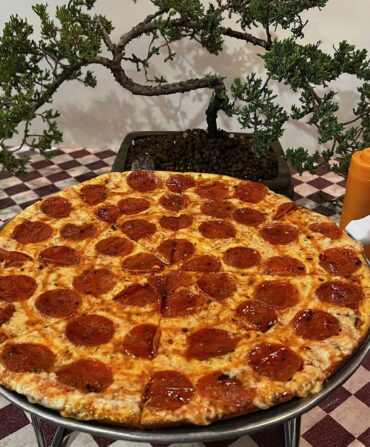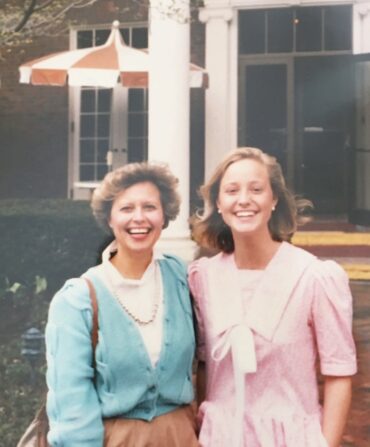As the 2019 James Beard Foundation Award winner for Outstanding Pastry Chef, Kelly Fields is a fan of pushing culinary limits. “Pastry is a pure pleasure thing,” she says. “If you order banana pudding for dessert, I want it to challenge the way you’ve thought about banana pudding your whole life.”

A South Carolina native who attended Johnson & Wales in Charleston (before the culinary school decamped for Charlotte), Fields rose to prominence in the restaurant kitchens of her adopted hometown of New Orleans. In 2015, she opened her own, Willa Jean, in the Central Business District. Named for her grandmother, the restaurant and bakery offers Fields’ take on such Southern classics as biscuits stuffed with crispy boudin and collards, griddled banana bread, and cookies served with glasses of milk and dough-laden beaters.
Her take on Thanksgiving pumpkin pie exhibits both her penchant for pastry and love of turning desserts on their heads. In her recipe, she melds the traditional warm spices with a new flavor: white chocolate, which she roasts in the oven. “Adding roasted white chocolate makes every bite a little bit different, like a mixtape, you don’t know what song is coming up next,” Fields says. “It brings out these caramel salty notes of chocolate, almost like brown butter, which I think is super delicious.”
Willa Jean will be open this Thanksgiving, but Fields is also busy working on another endeavor: completing her first cookbook, The Good Book of Southern Baking: A Revival of Biscuits, Cakes and Pies, to be released next fall. The book will be casual and “nonacademic,” Fields says. “Do what works for you and what you’re happy with. Pastry doesn’t need to be pretentious.”

